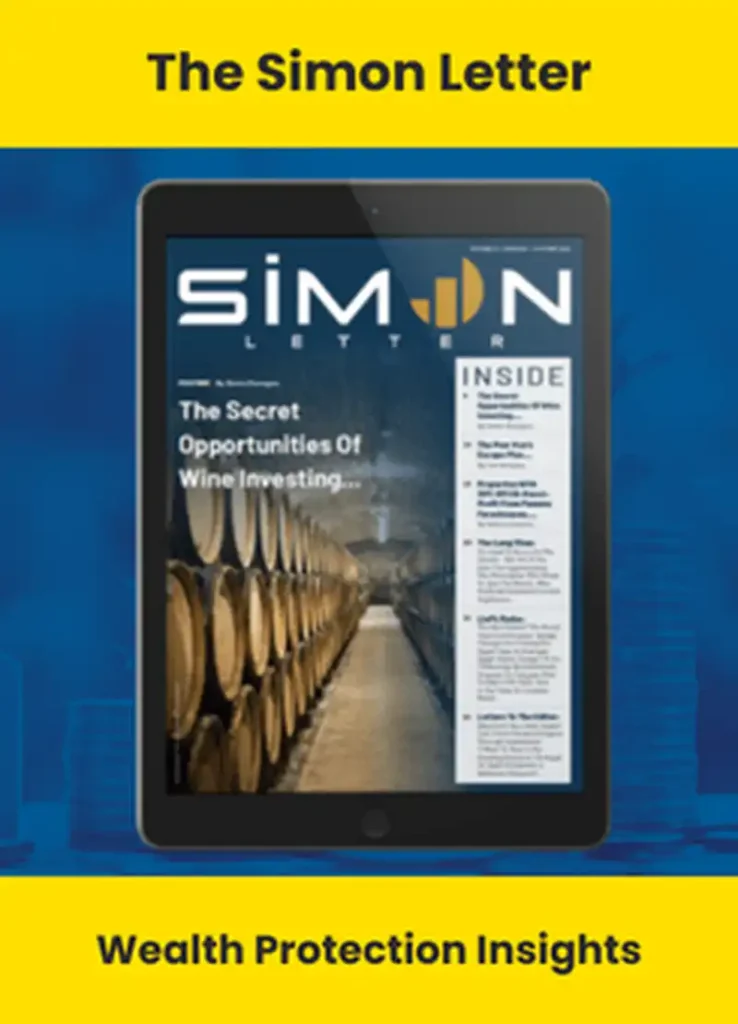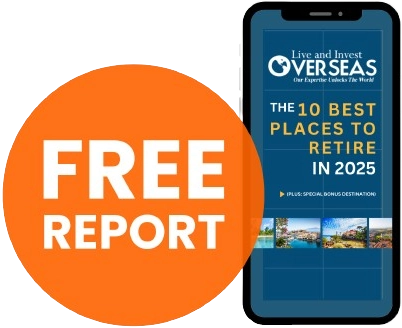Travel to France
Travel To France & Enjoy La Vie
If you want to travel to France, prepare yourself to enjoy an endless variety of culture, art, food, and architecture. Whether you want to bask in the City of Light at the Eiffel Tower or enjoy touring medieval castles, France has something for everyone.
Visa Requirements To Travel To France
First thing you need to travel to France is a valid passport issued less than 10 years ago and that will remain valid for at least three months after your intended departure from France.
You do not need a visa if you’re planning to spend 90 days or less in France. You may be asked to show proof of your departure with tickets. Check out the French visa website for more details on visa and passport requirements.
If you’re wondering if it’s safe to travel to France right now, the answer is yes. As with all travel, it’s important to take certain safety precautions, but France is generally a very stable and safe country to visit.
Cost Of Traveling To France
The cost of traveling to France varies depending on where you go and how long you stay.
Let’s go over some areas to visit in France and get a general idea of what to expect with costs.
Paris, The City Of Light, Love, And Art
Paris is the epicenter of tourism in France, and for good reason. The City of Light has an incredible array of cuisine, some of the most beautiful art and architecture in the world, and an unparalleled joie de vivre.
If you travel to France, Paris is a must. Whether you visit the Eiffel Tower or enjoy pain au chocolate while shopping on the Champs-Elysee, you simply cannot miss the opportunity to spend some time in the City of Love.
The Marais is one of Paris’ most trendy and desirable neighborhoods. It’s also home to many restaurants, cafés, and boutiques, many of which stay open on Sundays, an unusual practice in France. The neighborhood still retains much of the medieval character that was bulldozed in the 19th and 20th centuries for bigger and better structures in other parts of the city. The most prevalent smell these days emanates from the numerous seductive boulangeries (bakeries) and pâtisseries (pastry shops). The neighborhood has an excess of historical sites and museums.
This could-be utopia is not without its drawbacks. Paris is an expensive city, and the Marais is one of its most expensive neighborhoods. For access to the heart of Paris, though, there is no better location. The cost of living here amounts to about 2,860 euros per month.
Carcassonne
If you want to see medieval castles and towns when you travel to France, Carcassonne is a must. Walt Disney is said to have been inspired by its towers, turrets, and ramparts. You can understand why when the sun rises over the medieval town of Carcassonne. It’s easy to imagine a knight galloping up the cobbled streets and dashing through the portcullis to save his princess.
Carcassonne, at the heart of Cathar country, was first recorded in pre-Roman times. It was an important fortification with views up and down the Aude valley. The Pyrenees Mountains tower in the south and to the north lies the Montagne Noir or Black Mountains.
If you’re drawn to the Old World and history, have a love of wine and good eating, and like to get out and explore, Carcassonne is a great place to visit. It has the benefit of being a two-part town—both parts have much to offer tourists and residents alike. Within La Cité there is, of course, the medieval chateau and rampart, the St. Nazarius Basilica, and the world-famous summer festival. You’ll also find beautiful boutiques, artists’ workshops, Michelin-star restaurants, and glorious hotels to explore, such as the Hotel de la Cité.
The town of Carcassonne is the capital of the Aude department in the Languedoc-Roussillon region of France. The medieval city (a UNESCO World Heritage Site) is up on a plateau on the right bank of the river Aude and the Bastide Saint Louis lies below it on the left bank. The Bastide, commissioned by St. Louis in 1260, was built in an easy-to-navigate grid pattern. Though the medieval city is where the tourists head to, the Bastide and surrounding villages are where the majority live.
Carcassonne, the area often labeled as the “Other South of France,” is far more affordable than its flashier counterparts, while offering the best of French country living. The cost of living can be less than 1,351 euros a month.
Occitanie
The Occitanie region (formerly Languedoc-Roussillon) offers so much to do, particularly if you are active and like to get out and about.
A visit to the beautiful 12th-century Abbaye de Fontcaude just 10 minutes from Cessenon is well worth the trip. There is everything you need in the village for daily life—local produce shops, restaurants, and a bar—yet it still has a small-town feel.
Cessenon-sur-Orb is in the Occitanie region, between Provence-Alpes-Cote d’Azur to the east, the Midi-Pyrenees to the west, and the Auvergne to the north, which is colorful, eclectic, always changing, never following a formula, and very open to retirees. This is wine country, with a long history and a lot of heart.
You could live comfortably here for under 1,800 euros per month.
Pau
The city of Pau, also known as the “Green City” or the “Garden City,” has one of the highest ratios of greenery per square meter per person of any European city. Pau’s greenery is tremendously diverse and includes trees and plants from Japan, the Caribbean, Mexico, Lebanon, the Mediterranean, Chile, and California.
Pau is a landscape of accessible woodlands. You’ll also find the steep slopes of Jurançon wine country, the history-packed Plaine de Nay and its main town of Nay, and the pretty rolling countryside and ancient towns of the Gaves de Béarn.
Pau is a university town, with close to 12,000 university students living on and off campus, helping to keep it lively. This is a more affordable place to travel in France than Paris, with the cost of living starting at 1,800 euros per month.
Saint-Chinian
If you love wine and a beautiful countryside, you will want to check out Saint-Chinian when you travel to France.
In 825, Saint Anian founded a monastery in the hills of the Languedoc region of France. The monastery thrived and a town sprang up around it now known as Saint-Chinian. The abbey is no longer functioning as an abbey, it is now the village hall and is the venue for all sorts of events such as dances, meetings, and exhibitions.
Saint-Chinian is made up of 20 communes, and the vineyards cover over 3,100 hectares. This region is well known for its excellent wines ranging from robust reds to sweet whites to dry rose wines.
The hills and valleys of Saint Chinian are perfect for spending a day hiking, cycling, or horseback riding.
Mont Caroux, or as it is locally known, the lying woman, is located at the eastern end of the Espinouse Mountains and protects the grapes from harsh weather. The region enjoys a Mediterranean climate with infrequent rain.
In the summer, after Bastille Day, markets pop up, open air-cinemas under the stars are arranged, picnic season is in full swing, and there are a variety of live concerts ranging from jazz to classical to world music. There are also special days with free guided visits to the Chapel of Notre Dame de Nazareth or the abbey, among others.
The beaches of the Mediterranean are only 20 minutes away, and there are rivers in Roquebrun and Bize.
Annecy
Annecy is not a well-known city. It’s as if the French and Swiss have conspired to keep the place they call the Pear of the French Alps a secret. If that’s the case, it’s hard to blame them. The city has long been popular with European royalty, home to the Earls of Genova, then the House of Savoy. The old town is still vibrant, with well-maintained streets and buildings.
During the winter, the town comes alive. Snow falls on slopes and the mountain resorts start to draw skiers and snowboarders in huge numbers. But Annecy is not your typical ski destination. It is a real city with a year-round community.
During the summer months, the lake becomes the main attraction. From fishing to sailing, diving, and swimming, people spend happy days on the water. Other outdoor activities include paragliding and hang-gliding, golfing, mountain biking, and of course, hiking. Walking around the lake and amongst the Alps is a great way to stay active and enjoy incredible views.
The town center is mostly pedestrianized. There are bus routes to connect with nearby towns.
Being a tourist town, prices are slightly more than in the surrounding areas, and considerably more than in Occitanie, but still lower than in Paris.
F.A.Q. About Travel to France
The cost of traveling to France depends on where you go and how long you stay.
In general, Paris is the most expensive destination, with hotels ranging from 120 euros to 200 euros per night. Food is generally affordable in France, with plentiful quick eats like croissants, crepes, and pastries in the cities and small towns.
Yes, it is safe to travel to France. Guns are illegal in the country, and it enjoys a stable government and police system. That said, it is smart for tourists everywhere to take basic precautions such as not traveling with large amounts of cash or valuables and observing local customs.
You need a valid passport to travel to France. You may also be asked to show proof of your trip’s end with a ticket for your departure.
Yes, U.S. residents can travel to France with a valid passport. You do not need a visa if you are visiting for 90 days or less. If you are visiting for longer, you will need a visitor’s visa. Check out the French visa website for more details on visa and passport requirements.









